Tech Tips
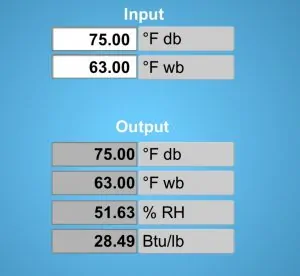
This is the first of a three-part series of articles that will dive deep into advanced psychrometrics. The source material for each of these articles may be found in ACCA Manual P Sections 3, 4, and 5. This article is based on information found in Section 3. Psychrometrics is the study of the physical and […]
Read more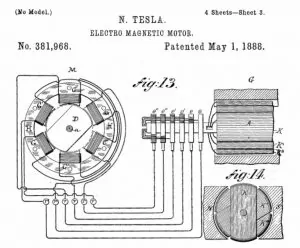
Most motors are designed to a set amount of work, usually rated in either watts or horsepower (746 watts per HP). Watt's law states that watts = volts x amps. If a particular motor needs to do 1 horsepower of work at 120 volts, it will draw about 6.22 amps. And yes, in an inductive […]
Read more
I am like most contractors and techs. I've heard about HEPA for a long time, but I never looked into how it could be integrated into an A/C IAQ strategy until now. First, here's what HEPA is: HEPA (High-Efficiency Particle Arrestance) is an ASME, U.S. DOE standard that specifies a capture rate of 99.97% of […]
Read more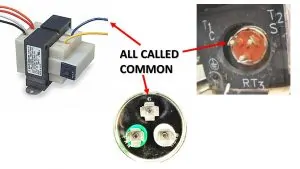
You have seen the C terminal on a dual run capacitor before. You have also seen the C terminal on a compressor. It stands to reason that they would both connect together, right? They don't connect, and they aren't even related, at least not in the way you think. In both cases, the C denotes […]
Read more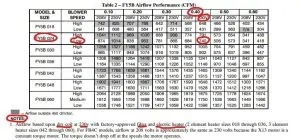
Many installers and service technicians know how to read and use a manufacturer fan table, but this is a quick review with a few extra tips for newer techs. It’s also a good reminder to senior technicians about how this easy-to-use practice can also be easily abused. At installation, properly setting up airflow is imperative to the […]
Read more
Business isn’t easy. Generally, when I look back at how much work it has taken to get a business off the ground, I wonder what I would have done if I had known what I know now. I wonder if I still would have been willing to put in all that work all over again. […]
Read more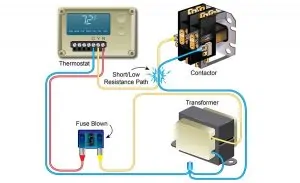
Newer technicians often get hung up and frustrated when searching for low voltage shorts. This is understandable due to the broad spectrum of possibilities for the location of the short. However, this doesn’t mean that the process needs to be complex. The time it takes to find a low voltage short may vary greatly depending […]
Read more
If you are primarily a residential technician working on equipment under 5 tons, there are many similarities between the systems you are used to and 5-20 ton rooftop units common to the light commercial market. There are MANY additional things to consider on larger equipment, and here are just a few. Wash Fresh Air Filters […]
Read more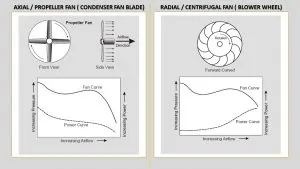
Fan laws and fan curves are a deep subject with a lot of nuance and variation. Just to get our heads around the subject, let's focus on two different types of fans that we see all the time in HVAC: the prop/axial type and the radial/centrifugal type. Centrifugal/Radial As we increase the pressure differential across […]
Read more





